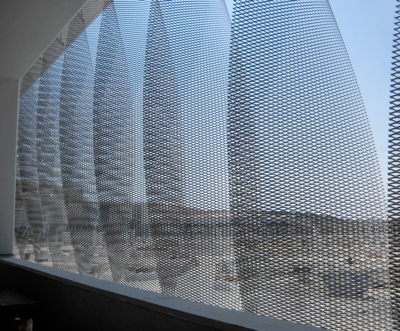
Since 2016, international trends have been driving innovation in the architectural use of expanded metal. The trend began in parts of Northern Europe, and has been growing ever since. Architects everywhere are now beginning to realize the potential. Expanded metal has long been used in construction due to its structural features, durability, and visual impact. However, it is now being more widely recognized that this unique material can also add important functional attributes to buildings and other structures. These include shade, ventilation, security, sound control, lightning strike protection, and electromagnetic containment and screening. With accenting and backlighting, very striking decorative effects can be achieved.
Manufacturers are responding to the increased demand with innovative new features, materials and finishes. In addition to ductile metals, expanded materials are now being produced in plastics and polymers as well. Many different coatings and finishes are available, including anodizing, powder coating, polyvinlidine flouride (PDVF), and plastic coatings. These design elements help architects and designers create environmentally efficient spaces, with introduction of filtered day and night views, with unidirectional privacy in a desired direction.

